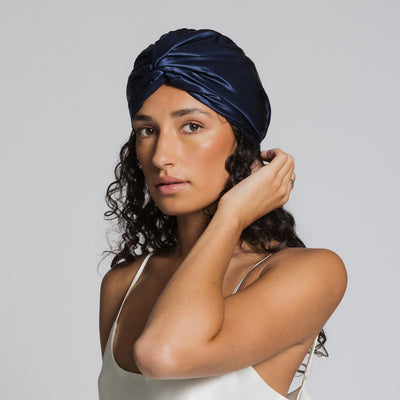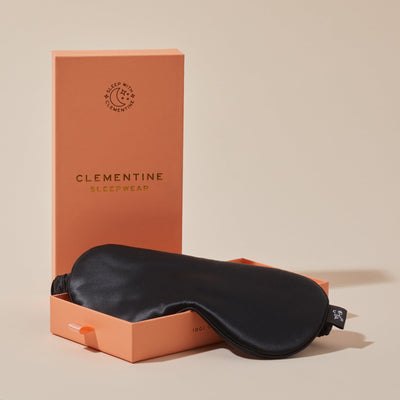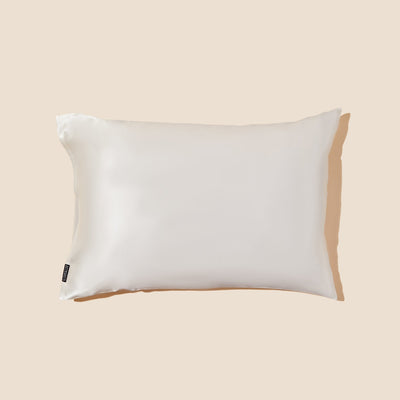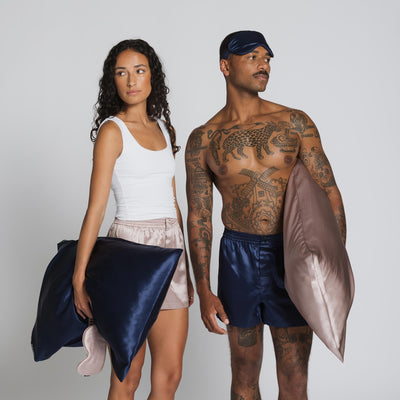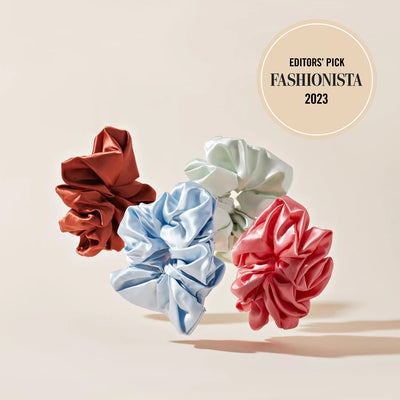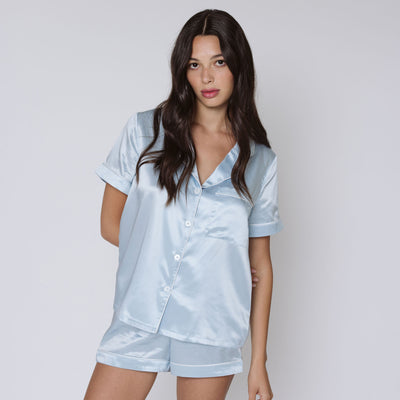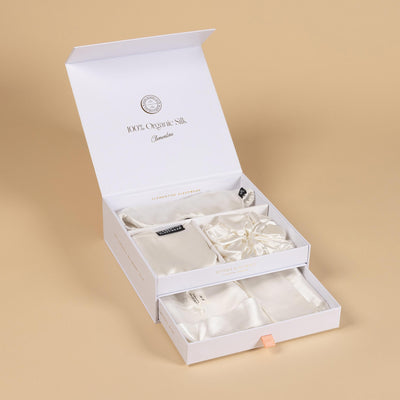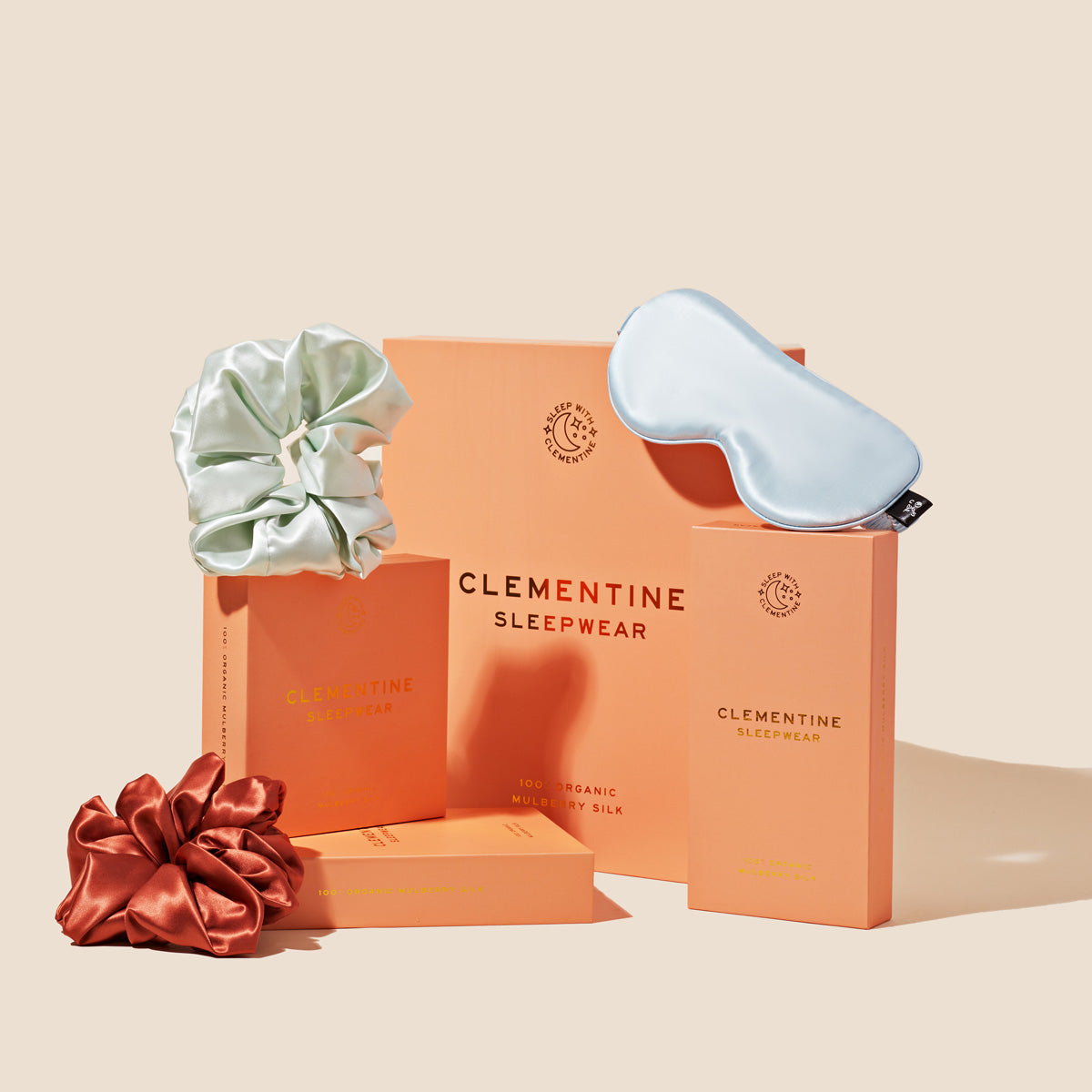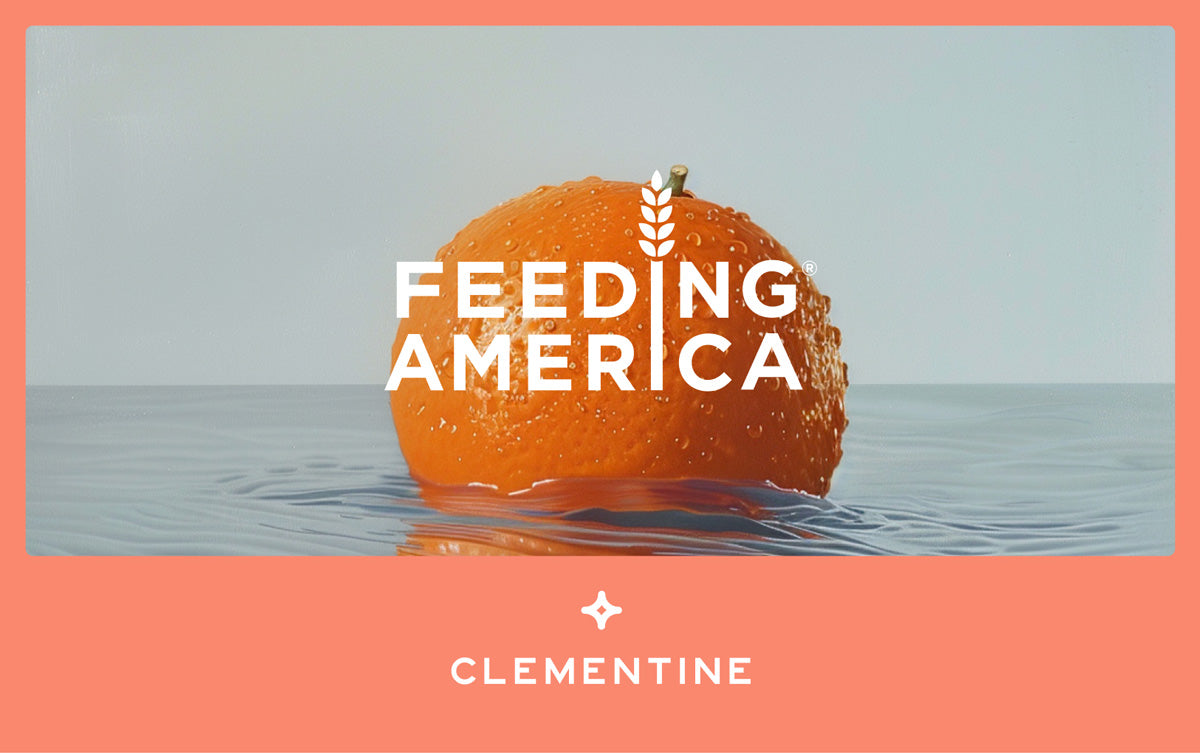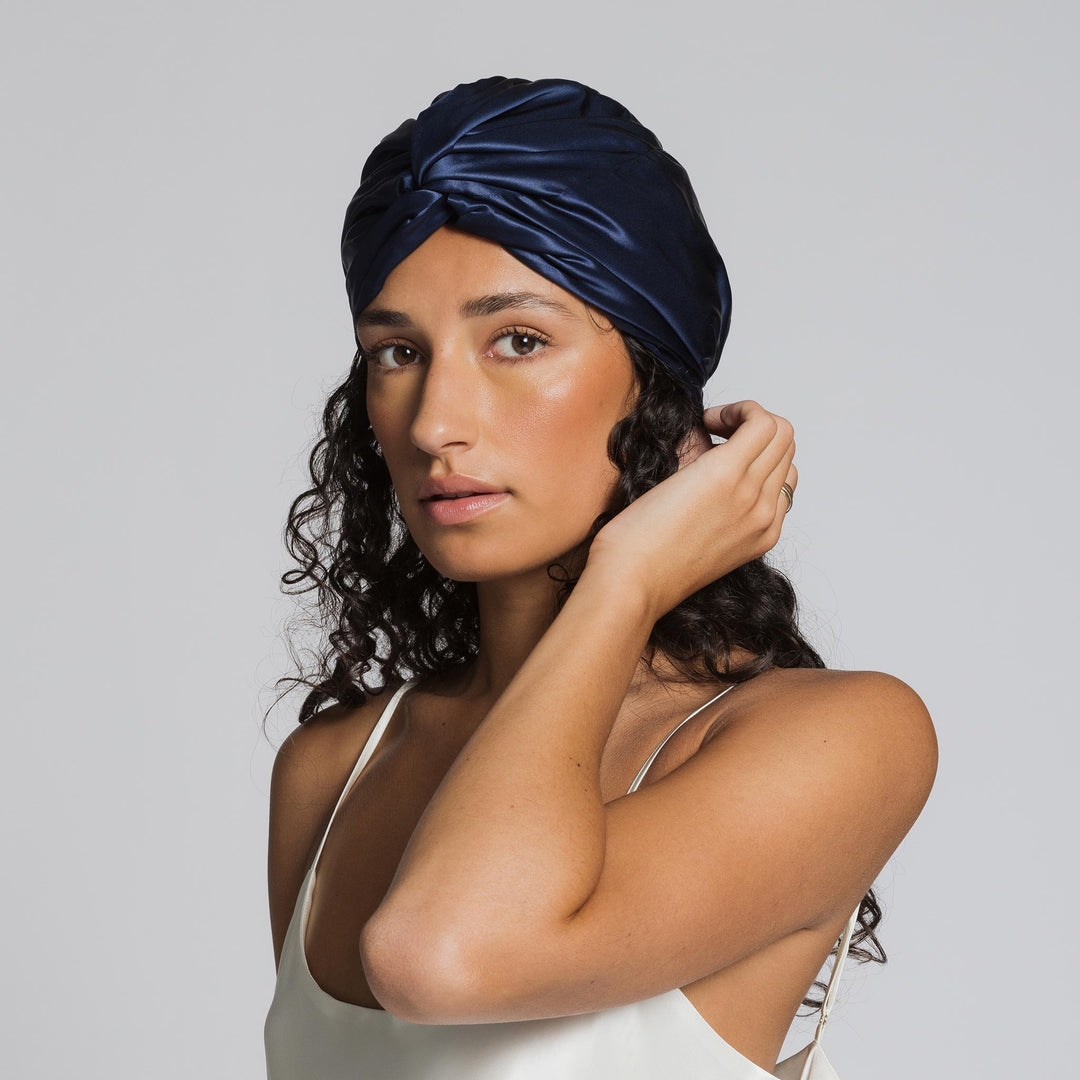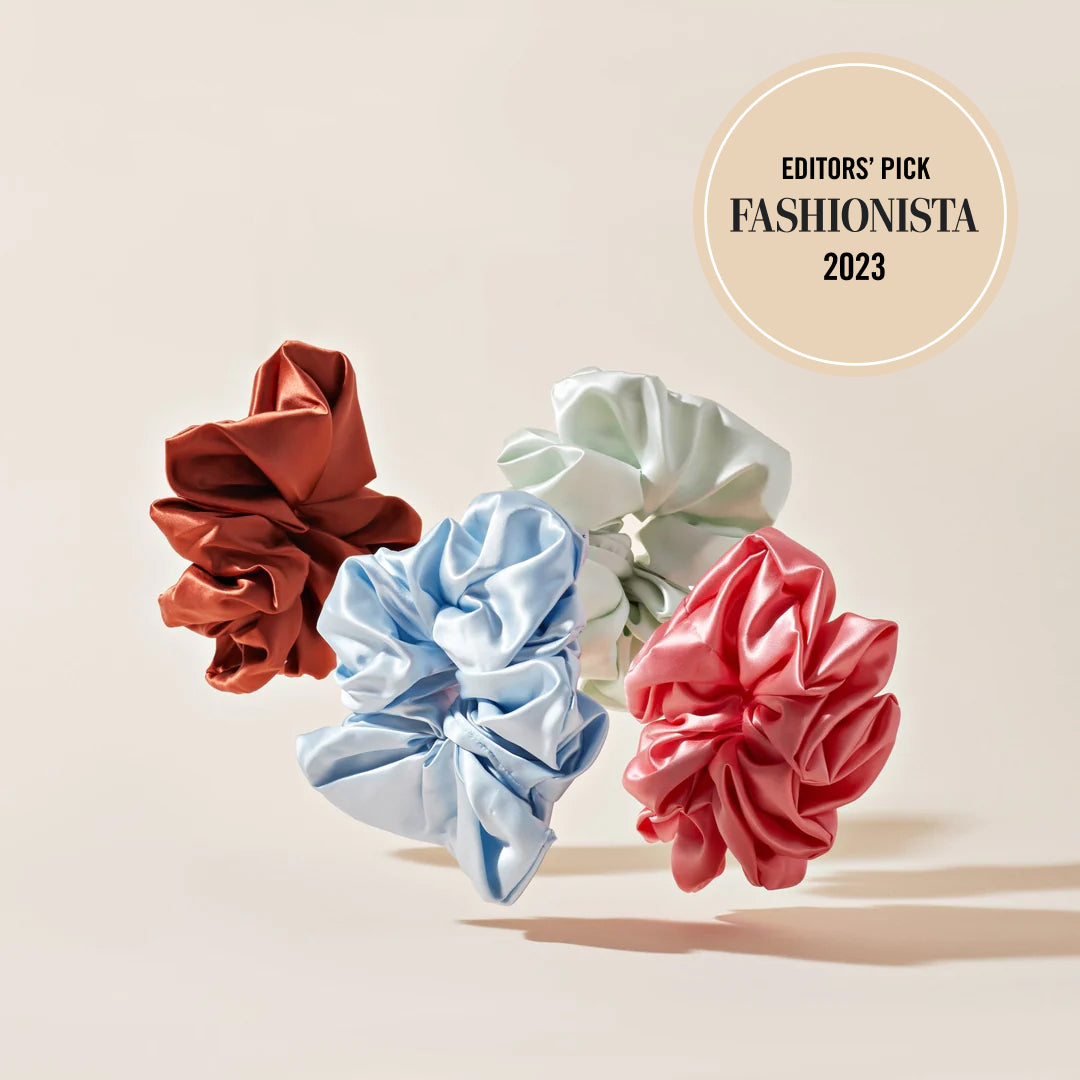THE SCIENCE OF CLEMENTINE'S SILK
The chemistry behind organic silk is fascinating and underpins its unique benefits. Many know some of the benefits of silk but few understand the unique molecular properties which make it far more than just a luxury fabric. In the scientific community, silk’s medicinal, anti-inflammatory, and healing properties are well documented and studied, yet rarely shared with the broader public. We thought we should, and highlight the reasons why we decided to focus on only organic silk - Spoiler alert - The benefits are apparent. So let’s do a deep dive into the science of silk.

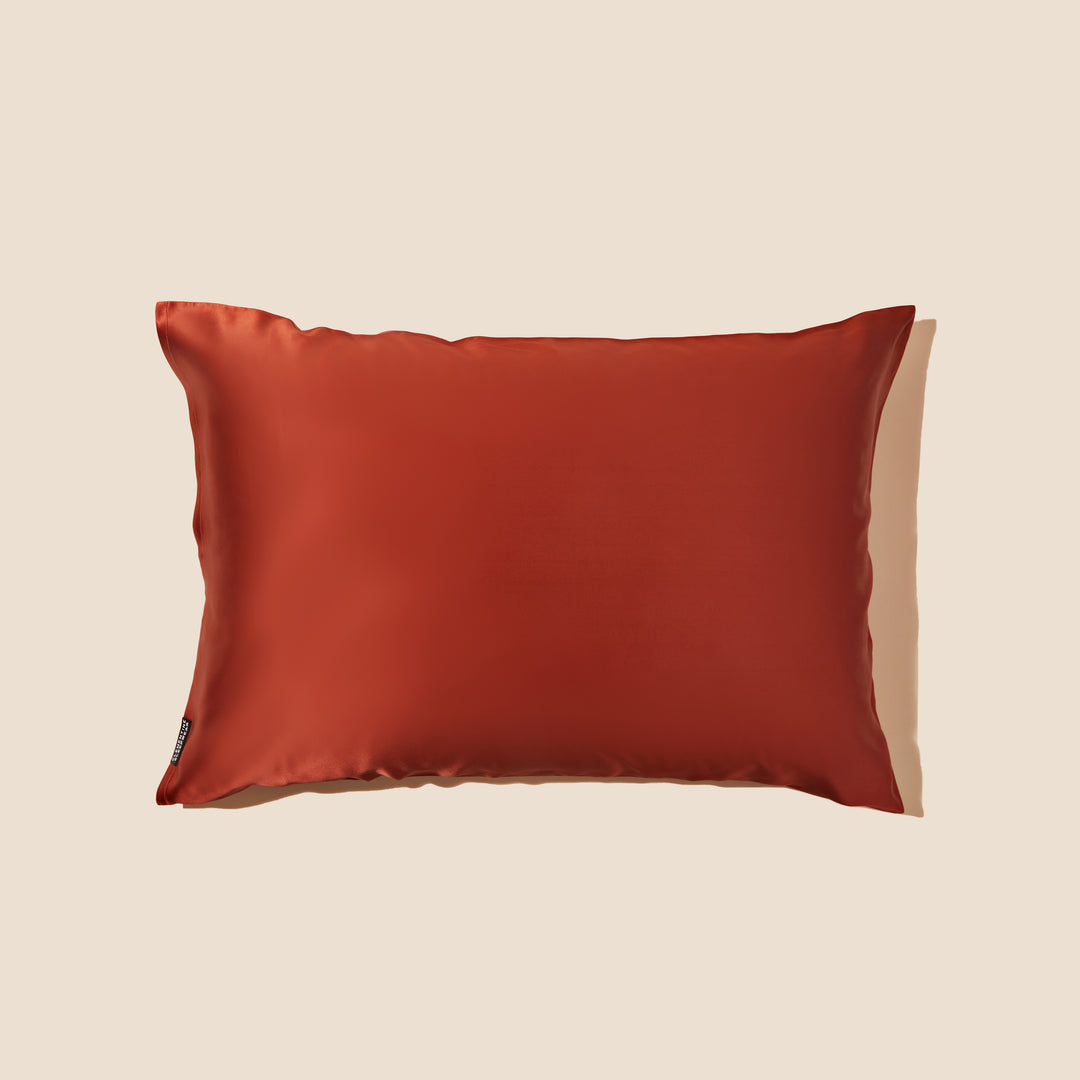
The makeup of silk
Silk is an extremely protein rich fiber composed mainly of two proteins: sericin and fibroin. These proteins are responsible for the material’s unique physical properties, such as strength, durability, and healing. Fibroin forms the central core of the silk thread, and sericin acts as the gum-like coating, binding the filaments together at a molecular level.
HYDRATION SUPPORT
The sericin of silk provides a natural moisture barrier, enhancing hydration and offering UV protection to promote healthier and smoother skin.
COLLAGEN ELASTICITY
Most users of silk report firmer, more elastic skin within days of using a silk pillowcase at night. The structure of silk fibroin shares similarities with human collagen, working to support skin elasticity and aiding in the reduction of fine lines.
HEALING PROPERTIES
Fibroin’s similar structure to collagen has other benefits including its bio compatibility (ability for it to be compatible with living tissue with no adverse reactions), and promoting cell adhesion which can support skin and tissue regeneration. Because of these properties, silk fibroin is often used in cosmetic and medical products
HYPOALLERGENIC BENEFITS
Organic silk’s natural hypoallergenic properties make it dust resistant, anti bacterial, and lighter on the skin. This is beneficial for all, though especially those with sensitive or acne-prone skin.

HYDRATION MAINTENANCE
Sericin helps hair to retain moisture by forming a protective, semi-permeable film on the hair shaft, reducing the amount of water that evaporates from the hair. This is a unique property compared to other fabrics.
PROTEIN ENRICHMENT
Since hair is primarily made of keratin, another protein, the amino acids in silk can form a protective barrier and provide a supplementary protein treatment.
HAIR STRENGTH
Silk fibroin’s elastic properties impart a degree of flexibility to the hair, helping it withstand tension and manipulation without snapping.
FRICTION REDUCTION
Silk’s smooth fibers help reduce friction, which means less breakage and frizz when your hair rubs against it (e.g., during sleep on silk pillowcases).


Not all silk is created equal
Silk’s healing properties for hair and skin are well discussed and documented because of its unique amino acid composition and protein rich makeup. Silk meticulously crafted from 100% organic mulberry silk, cultivated without pesticides or chemicals preserves the integrity of silk’s natural protein structure. When standard dyes, chemical washes to straighten the fabric, or any kind of harsh detergents are used in the production of silk, its benefits are severely reduced, sometimes even nullified.
PURITY AND EFFICACY
Chemical-free silk retains its full natural protein structure, which is ideal for skin and hair health, helping the fullness of silk’s medicinal benefits come to the forefront.
DIRECT CONTACT
With no microscopic layer between the silk and your skin or hair, the full benefits of silk with its natural sericin and fibroin amino structure are enhanced.
CLEANLINESS AND HYPOALLERGENIC
Chemical free organic silk is perfect for those with sensitive skin as there are no residues that could cause irritation.
STRENGTH AND DURABILITY
Without harsh chemicals weakening the fibers, organic silk maintains its natural strength and durability, meaning that garments can last longer without losing their shape or luster.
ENVIRONMENTAL IMPACT
Silk produced without harmful chemicals has a lower environmental footprint. The absence of pesticides and fertilizers used in the cultivation of mulberry trees or production of the fabric protects ecosystems and reduces water pollution.
BIODEGRADABILITY
Pure silk is fully biodegradable. When a chemical-free silk garment reaches the end of its life, it can decompose naturally, adding the silk’s nutrients back into the soil without leaving harmful residues.

PURE PRODUCTION ENRICHES CONCENTRATION
The sericin and fibroin in silk doesn’t “run out,” but its concentration and effectiveness can diminish if the silk is exposed to harsh chemicals, extreme pH levels, or high temperatures during production or washing. That’s why choosing organic silk that’s free from chemicals and pesticides during production is essential to realizing the full benefits that the fabric has to offer
SILK THAT IS CARED FOR
The way that silk is cared for can affect the longevity and efficacy of its sericin. Gentle washing, either by hand or on a delicate cycle with pH-neutral and silk-friendly detergents, helps to maintain the integrity of sericin on the silk fibers.


Explain it to me like I’m a scientist
The healing properties of silk are often attributed to its unique physical properties which can mimic bio active peptides. Peptides are known for their ability to send cellular signals, and silk’s peptide-like structure is thought to do the same when it comes to skin healing and hair restoration. Like a peptide (a short form amino acid protein chain), silk fibroin and sericin (a much longer amino acid protein chain) contains a specific sequence of amino acids, primarily glycine, alanine, and serine, which are organized in a repetitive pattern. The result is thought to promote healing in biomedical contexts, and this is why silk is often researched for these purposes as a fabric, or derived cream.
WOUND HEALING
Studies suggest that silk fibroin and silk sericin supports wound healing by forming a semi-occlusive film that can control and up regulate moisture levels at wound sites to promote healing. What’s more the breath-ability and anti-bacterial properties of silk (through sericin) add an extra layer of infection protection and bacteria repelling.
TISSUE REGENERATION
In the same way that peptides work, silk’s properties can help to up regulate cellular repair, promote cell proliferation, and support the skin’s natural healing processes. The structural properties of fibroin can provide a scaffold that supports the wound healing process, facilitating tissue regeneration.
ANTI-AGING EFFECTS
Silk fibroin has been studied for its potential anti-aging effects on the skin, possibly due to its ability to bond with skin and protect it while promoting a firm, smooth texture.
CELL PROLIFERATION
Studies suggest that sericin may promote the proliferation of fibroblasts (proliferation meaning rapid increase), which are key cells involved in the healing process for skin. As with all studies, the effectiveness can vary from person to person, though the signs are promising.
THERAPEUTIC APPLICATIONS
Due to its bio compatibility and beneficial amino acid composition, silk is also being researched for various therapeutic applications, including in the development of antimicrobial and antiviral agents.


CLIFF NOTES
Find here the cliff notes on sericin, fibroin, collagen, and peptides
SERICIN
Sericin is a natural and robust protein that acts as the “natural glue” which holds the silk fibers together. Sericin is rich in amino acids which are known to be beneficial for both skin healing and hair health. It acts as a natural moisturizer, and its film-forming properties can create a protective barrier over the skin, helping to retain moisture and reduce trans-epidermal water loss. For hair, sericin coats the fibers and strands, providing a protective layer which enhances shine and reduces frizziness.
FIBROIN
This is the core protein in silk fiber, making up the central structure of the silk. It's known for its robust mechanical properties and similarity to collagen, and it offers high flexibility, tensile strength, and biocompatibility. These properties allow silk fibroin to form a breathable, second-skin layer when worn which has restorative and healing properties for the skin and hair. This can help maintain skin hydration and ensure proper thermoregulation. For hair, fibroin offers less friction than other materials, helping to keep hair smooth, untangled, and less prone to breakage.
COLLAGEN
Collagen is a protein commonly associated with skin elasticity and youthfulness. In the context of silk, collagen is not present as a separate entity but belongs to the same family as fibroin. Silk fibroin has a structure that’s similar to collagen found in human skin, which can mimic its beneficial properties when used in textiles. The close contact with this natural protein has been shown to support skin’s elasticity and can help to reduce the appearance of fine lines.
PEPTIDES
While silk does not contain peptides in the form that skincare and haircare products might, it shares some functional similarities through its protein-based composition. Silk proteins like sericin and fibroin can form protective barriers and help maintain moisture, much like some peptides do when applied to skin and hair. Peptides are known for their ability to send cellular signals, and silk’s peptide-like structure is thought to do the same when it comes to skin healing and hair restoration.

LEARN ABOUT SUSTAINABILITY
As a natural material, pure organic silk is fully biodegradable and unlike silk with chemical washes and pesticides used, it can decompose naturally, adding nutrients back into the soil without leaving harmful residues.

